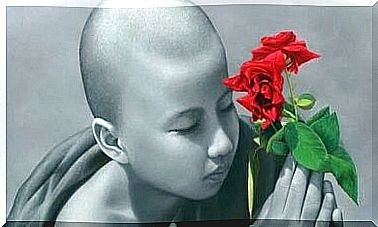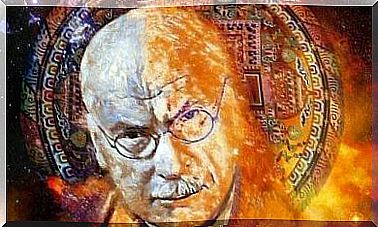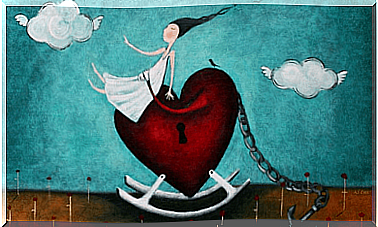Don Quixote Effect: Characteristics
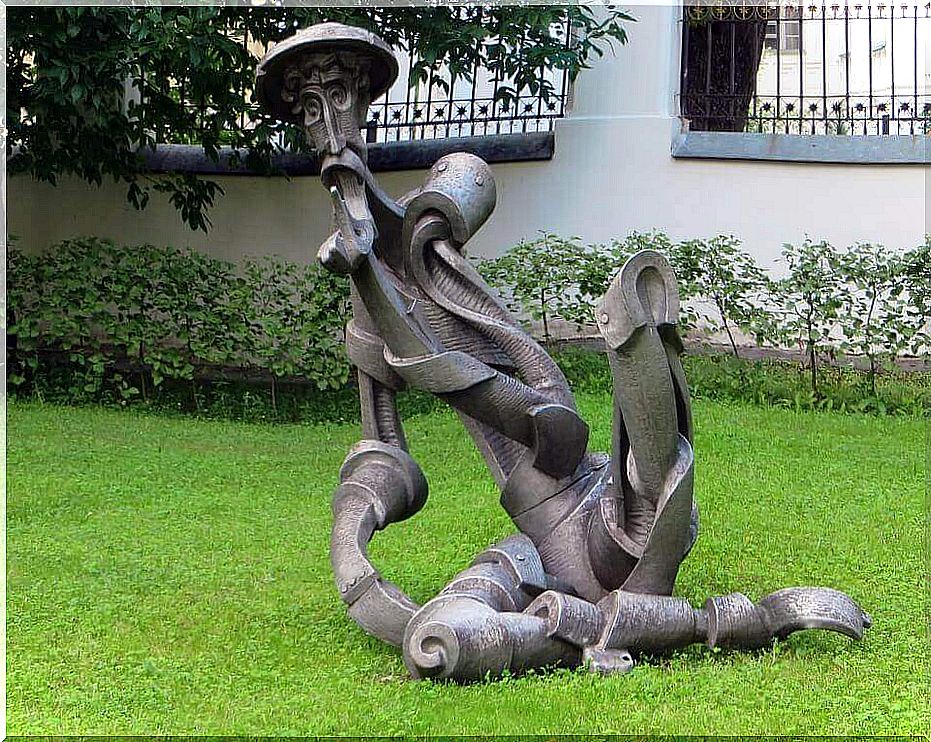
Don Quixote, the character created by Miguel de Cervantes, was a tragic fighter. His struggle centered on reality, rude and hostile, which he intended to change for an ideal he knew was unattainable. This character represents several metaphors, which led his adventures to give a name to an effect: the Don Quixote effect, in fact.
The Don Quixote effect has been identified in several sectors. This analogy of the man fighting windmills believing they are giants can be found in wars between countries, but also in our daily life. When we think that things are one way, even if they are not true, we fall into this effect and end up attacking a windmill.
The Don Quixote effect in wars
One of the meanings given to the Don Quixote effect focuses on relations between countries. More specifically, in wars. We can find several examples, such as the US war against Vietnam. In these wars , countries are engaged in battles they cannot win. Although possession of the territory is impossible, they go to war.
Unfortunately, the death toll from these wars is not justifiable despite the benefits that can be obtained. Although they start with the excuse of saving another country, leading democracy or overthrowing a dictatorship, these ideas are just impossible ideals, like those defended by Don Quixote. Then it is enough to recall the US invasion of Iraq to bring democracy to the Middle East.
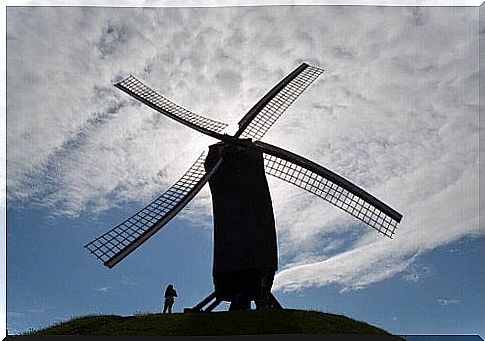
Don Quixote effect as hysteresis
In sociology the Don Quixote effect applied to wars corresponds to hysteresis. Hysteresis occurs when cause and effect are delayed over time. This means that the cause appears that should produce the change, but it takes longer than expected or never appears. All of this tells us that history teaches us lessons about how events happen, provides us with experience. Yet the past does not always repeat itself. For example, when we migrate, we hope that after a short time we will adapt to the customs of our new territory. But this doesn’t always happen.
Being influenced by literature and history, at the expense of other sciences, can lead us to create misconceptions about what is about to happen. The cognitive biases and mental (heuristic) shortcuts used by the brain can cause us to rely more on our hopes than on rationality. This Don Quixote effect takes place when we imagine ourselves immersed in a fog in which we strive to locate old ghosts, giants somehow desired, that do not take shape and vanish.
Don Quixote effect in the habitus
For Pierre Bourdieu, the Don Quixote effect is incorporated into his habitus theory. Habitus is a pattern by which we act, think and feel in a certain way. It is determined by our social class, which in turn is constituted by the interaction between cultural knowledge, education and economic capital.
Habitus patterns lead people living in a similar environment to have very similar lifestyles. For example, those who live in the same neighborhood often have similar tastes in terms of books, films, sports, art, etc. Likewise, their behaviors will be similar. But habitus can be changed when you act differently from your usual behavior.
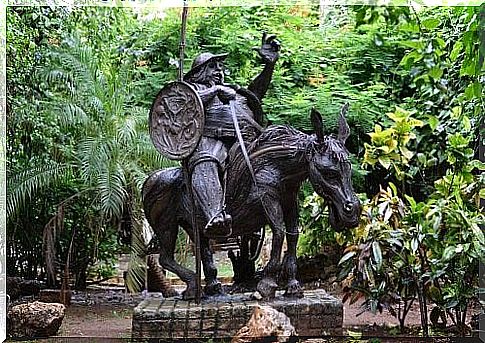
Even though habitus imposes limits and tells us what’s possible and what’s impossible, you know they can still overcome those limits. The strong changes that occur in the surrounding environment can force the change of the habitat. If, in the face of these changes, the habitus changes favorably, it is said that an improvement has occurred.
On the other hand, when this does not happen, “habitus hysteresis” occurs, also known as the Don Quixote effect. When this happens, thoughts, feelings and actions are inadequate for the conditions that arise. This is because the habitus remains anchored in the past, it does not change with the surrounding environment. Fortunately, we have faithful friends, such as Sancho Panza, who although very different from us, will accompany us on our adventures by offering us a different perspective, perhaps more suited to reality.
